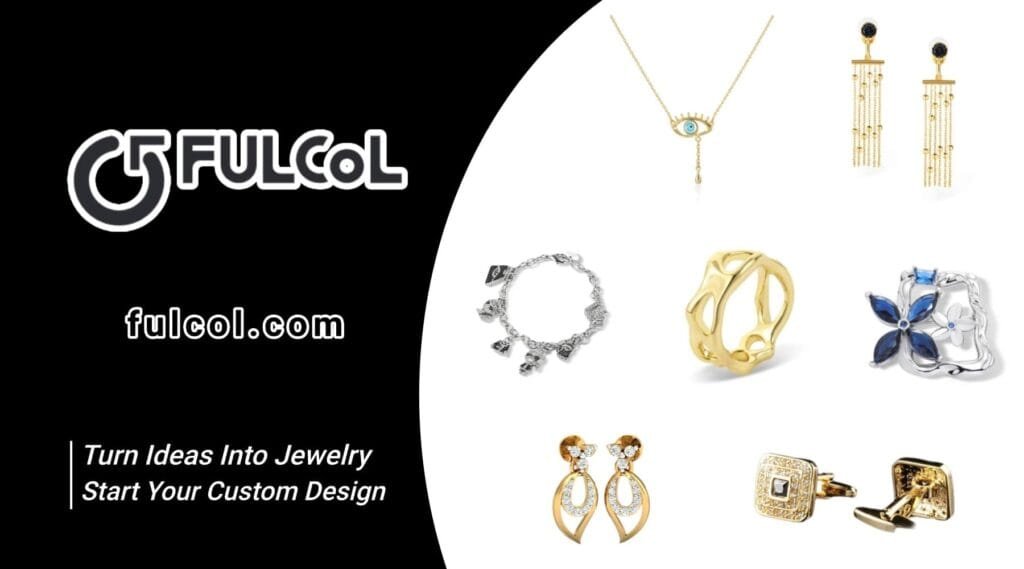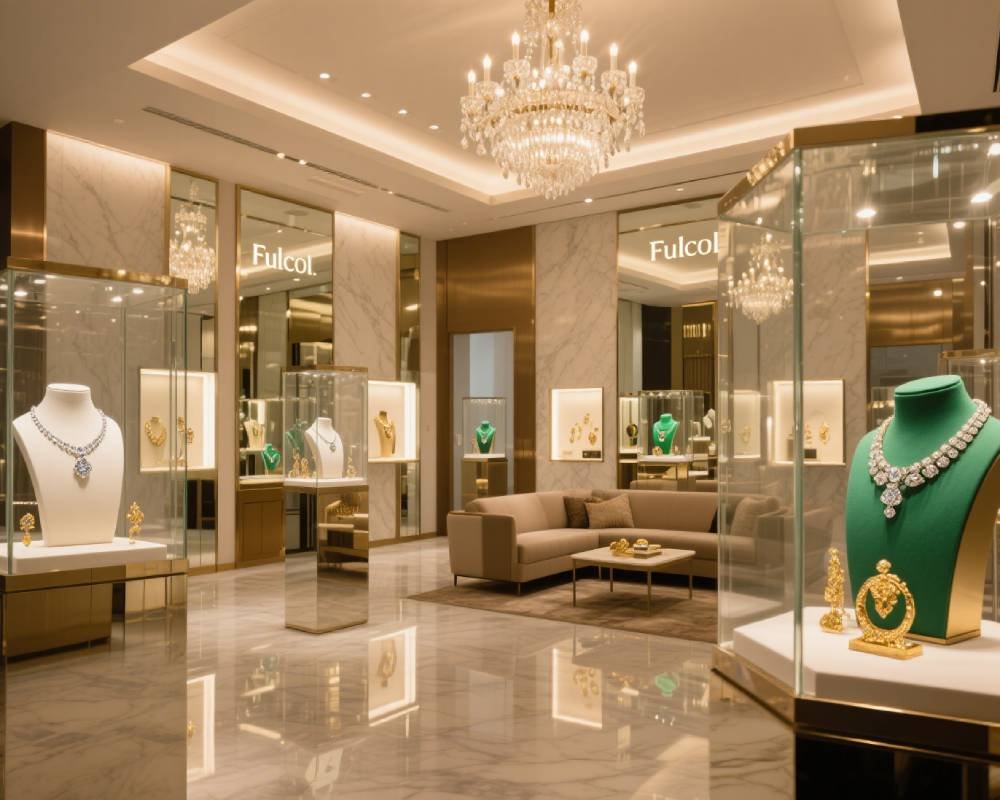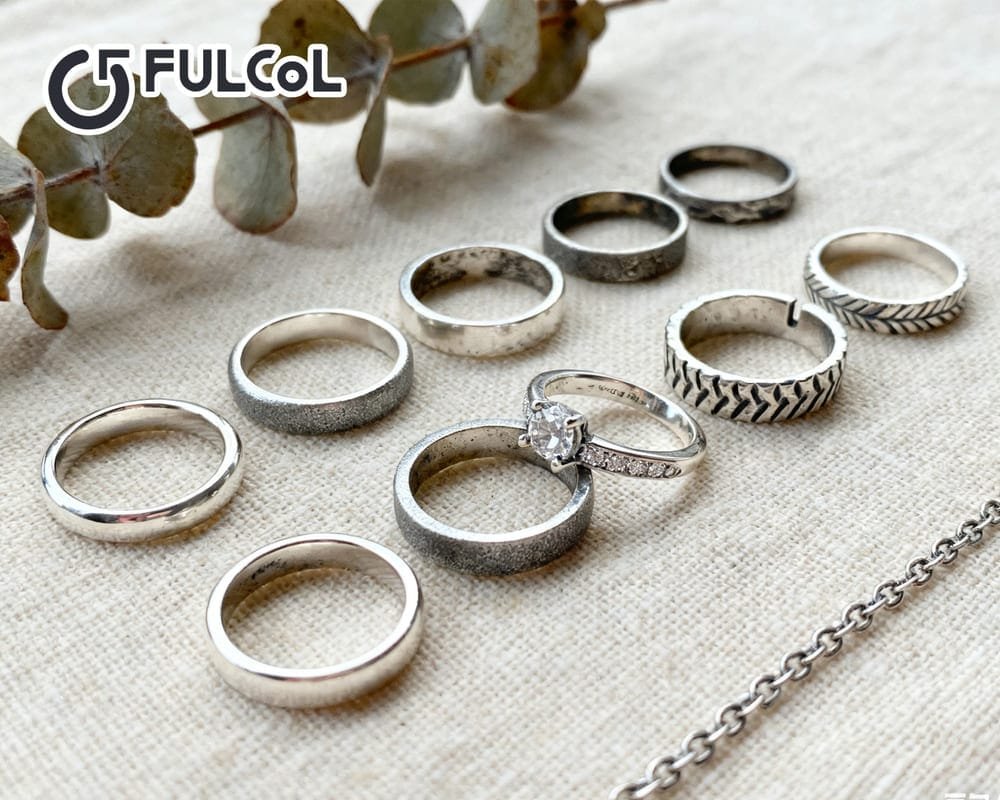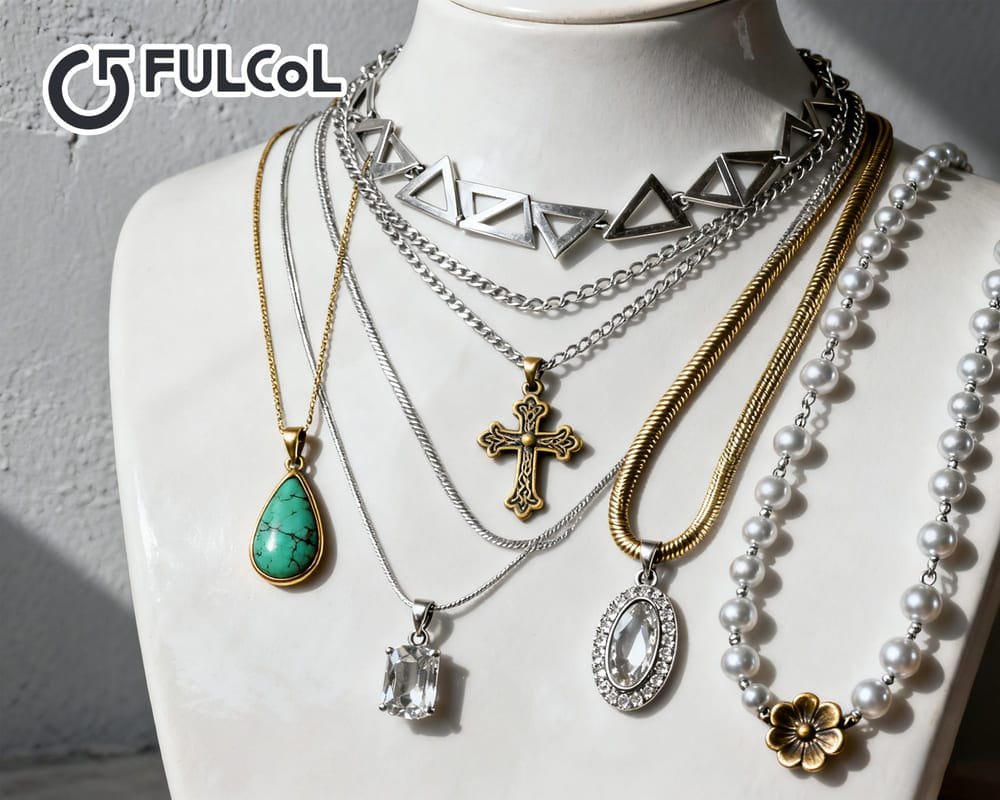Jewelry is not only a kind of decoration, it often carries deep emotional and cultural values. A well-made ring may symbolize an important commitment, and a unique necklace may carry a family story passed down from generation to generation. In the context of the increasing importance of personalization and customization, more and more consumers are beginning to pay attention to the manufacturers behind jewelry, that is, those fine jewelry manufacturers who can truly provide high-level and high-grade customized services.
High-end jewelry customization is not an ordinary commodity transaction, it is a deep cooperation about taste, trust and art. Choosing a truly professional and luxury jewelry manufacturer means that you will be involved in every link from the selection of raw materials, design conception, craftsmanship to the final product. Especially for customers who pursue high-end luxury experience, every detail of jewelry customization must stand the test of scrutiny and time.
Table of contents
- What are the standards and core capabilities of fine jewelry manufacturers?
- Customer communication and service capabilities
- Complete analysis of the customization process behind luxury jewelry manufacturers
- How to evaluate a trustworthy fine jewelry manufacturer
- Fulcol: A jewelry manufacturing expert tailored for high-end customers
- Practical suggestions and pitfall avoidance guide in the process of fine jewelry customization
What are the standards and core capabilities of fine jewelry manufacturers?
Becoming a truly “high-end jewelry manufacturer” is far more than just putting a luxury label on the product price, but a comprehensive reflection of multiple dimensions such as comprehensive design strength, production technology, raw material guarantee, service system and brand reputation. Here are a few key capabilities that high-end jewelry manufacturers must have:
Traceability and high-grade standards of raw materials
High-end jewelry manufacturers often adhere to extremely high standards in the selection of raw materials. For example:
Precious metals must come from compliant recycling channels or be refined by certified mines, such as Fairmined certified gold.
Diamonds and natural gemstones must have international certification certificates such as GIA, IGI, HRD, and pass conflict-free origin verification.
Colored gemstones (such as rubies, sapphires, and emeralds) need to have transparent traceability records and spectral test reports to ensure that the color, clarity, structure and natural properties are consistent.
In addition, metal ratios, hardness, antioxidant capacity, etc. must also pass standardized laboratory tests.
Design team and technical capabilities integration
High-end manufacturing is not just the craftsmanship of craftsmen, but also a combination of aesthetics and technology. Top manufacturers often:
Equipped with professional designers.
Use CAD modeling software for detailed modeling, combined with ray tracing rendering to simulate the final wearing effect.
It can realize the perfect transition from the customer’s hand-drawn sketch to mass-produced products, and has the ability to model highly complex structures (such as movable pendants, detachable chain ornaments, etc.).
The ultimate craftsmanship that integrates manual skills and equipment
The production of high-end jewelry often combines modern technology with traditional manual skills:
5-axis CNC metal engraving and laser welding technology are used to ensure structural strength and symmetry.
Hand-made micro-setting (pavé setting), invisible setting (invisible setting), hand-carved, enamel filling and other techniques are widely used in high-end works.
The setting angle, depth and direction of each gemstone need to be compared according to the optimized data of professional software to improve visual symmetry and light reflectivity.
Standardized quality control system
In the truly high-end manufacturing process, quality control runs through every production link:
Each work must pass at least three links: initial inspection, re-inspection and final inspection, including size measurement, setting strength test, surface defect inspection, and color difference evaluation.
Fine jewelry manufacturers often use Japanese imported micro-detectors and American metal spectrometers for composition verification.
Before completion, a comprehensive assessment of polishing level, metal hardness, and gemstone firmness is conducted. Some customers even require a third-party quality inspection report from SGS.
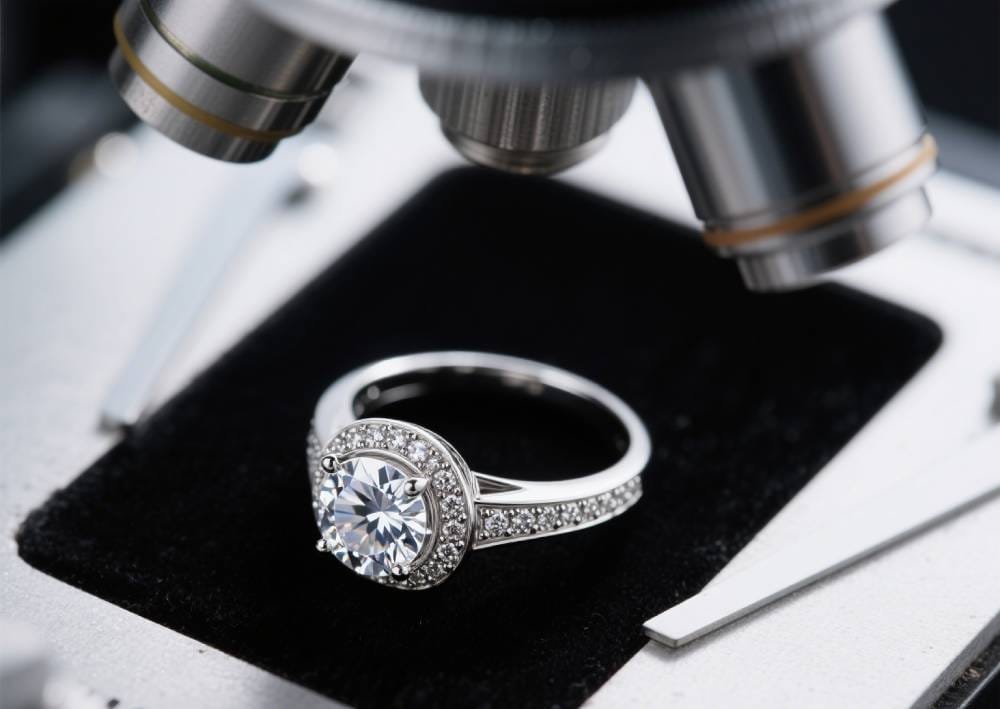
Customer communication and service capabilities
Customized jewelry is a highly interactive service. Excellent manufacturers need to:
Equipped with multilingual communication customer service, supporting multiple channels such as WhatsApp, email, and video conferencing for rapid response.
Provide digital mockups and physical wax model verification services to assist customers in confirming the final shape before production.
Have a complete project management system that can connect design progress, material procurement, production cycle, and delivery schedule to ensure that customized projects are controllable.
The collection of these standards is the key to distinguishing ordinary factories from true “luxury jewelry manufacturers”.
Complete analysis of the customization process behind luxury jewelry manufacturers
A high-end jewelry customization project is not a process of purchasing a finished product, but a complete journey for customers and manufacturers to collaborate to create a dream item. Its complexity is comparable to a small design project. The following is a detailed explanation of the standard five-step process:
Step 1: Demand analysis and customer vision interview
Manufacturers need to understand the customer’s personality preferences, budget range, cultural background (such as religious symbols, family emblems), wearing environment, etc. through detailed communication, and establish a preliminary style file. This stage is often hosted by an experienced jewelry consultant, who outputs a “Customer Jewelry Design Intention Document”.
Step 2: Inspiration Sketch and 3D Modeling Simulation
Designers will provide multiple sets of sketch proposals based on the content of the document for customers to select and revise. After determining the direction, they will enter the CAD modeling process:
Use MatrixGold to build a 3D model to control the size, angle, and gemstone layout.
Use KeyShot or VRay to render a visual effect map to truly restore the reflection and texture of metal and gemstones.
If the customer is still unsure, you can also output a 3D printed wax model for real wear and trial wearing.
Step 3: Material collection and quality verification
The manufacturer will provide a list of recommended gemstones and metals based on the design drawings, including:
- Diamond color grade (D-H), clarity (VVS1-SI2), cut ratio and other data.
- Colored gemstones provide magnified micrographs and color difference comparison charts.
- Precious metals provide purity certification (such as 925, 14K, 18K) and smelting number batches.
After the customer confirms, sign a material agreement. Some manufacturers support customers to bring their own main stones and have them identified and packaged by a third party.
Step 4: Process production and segmented quality inspection
The entire production process will be completed in stages:
- First, the basic shape is carved by CNC
- Then the goldsmiths perform manual welding and carving
- The gem department performs inlay
- Surface processing: polishing, electroplating, enamel, texture etching, etc.
Quality inspection is required after each link, especially the inlay firmness (using a push-pull tester) and surface flatness.
Step 5: Final quality inspection and high-end packaging
After the entire process is completed, the manufacturer will:
- Provide official certificates (such as GIA, metal detection reports)
- Take photos of the actual object from multiple angles for preservation
- Provide video unboxing and wearing advice guides
- Use dust-proof flannel and high-strength jewelry boxes for packaging and sealing
The entire customization process reflects the manufacturer’s professionalism and service system capabilities.
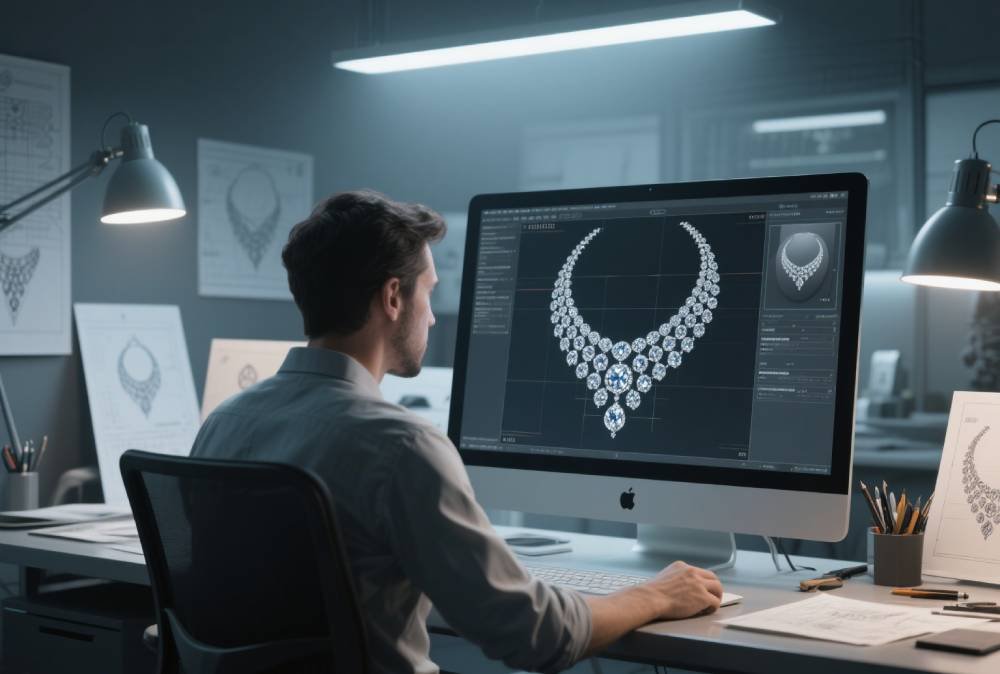
How to evaluate a trustworthy fine jewelry manufacturer
Faced with thousands of jewelry suppliers around the world, how to find a truly trustworthy “luxury jewelry manufacturer”? The following are feasible evaluation dimensions and judgment methods:
Check historical case works
Does the manufacturer have the ability to display rich customer customization work cases? Are there clear design drawings and finished product comparison pictures? Are customer reviews true and credible?
Whether it has international standard certification
Such as ISO 9001 quality management certification, SGS product testing qualification, GIA cooperation qualifications, etc., can enhance the credibility of the manufacturer.
Whether to support small batches and flexible customization
Manufacturers who are truly customer-centric are usually willing to accept a minimum order of 1 piece and provide free proofing and preliminary consultation.
Transparent production cycle and quotation
Is the cycle from proofing to delivery clear? Is a clear process quotation provided to avoid hidden costs later?
Avoid common traps
Some bad manufacturers may use artificial synthetic gemstones to impersonate natural ones, cut corners and reduce metal weight. It is recommended to require a loose stone identification certificate and a finished product metal composition test report.
Fulcol: A jewelry manufacturing expert tailored for high-end customers
As an experienced high-end jewelry manufacturer, Fulcol focuses on personalized customization of metal jewelry such as sterling silver, brass, and K gold. With more than 20 years of industry experience and a continuously innovative production system, Fulcol has provided OEM/ODM customization services to more than 100 high-end brands around the world.
Fulcol’s core advantages include:
- Wide range of materials: supports 925 sterling silver, 18K gold, 14K gold, brass and other materials
- Exquisite craftsmanship: manual micro-inlay, hollow casting, electroplating anti-oxidation, enamel coloring and other processes are optional
- Advanced equipment: equipped with German laser welding machine, 3D printing modeling equipment, CNC precision carving system
- Team professional: 20+ designers + 80 experienced craftsmen, forming a complete closed loop of design-proofing-finished products
- Global customers: cooperative customers cover brands in 20+ countries such as the United States, France, Japan, Dubai, etc.
Practical suggestions and pitfall avoidance guide in the process of fine jewelry customization
In the process of high-end customization, customers often encounter some professional selection difficulties and communication difficulties. The following are practical suggestions sorted out by Fulcol’s experience:
Material selection suggestions: light skin is suitable for wearing rose gold and silver, and dark skin is suitable for brass or gold. To avoid metal allergies, nickel-free materials should be selected.
Sizing tips: You can use an international ring circle measurer or provide commonly used rings/bracelets for comparative measurement.
Avoid common misunderstandings: The more complex the jewelry setting is, the stronger it is. Choose a simple but stable structure that is easier to wear for a long time.
| Start Your Custom Order | Email: info@fulcol.com | Number: +86 13055603907 |
Choosing a truly excellent fine jewelry manufacturer means that you are choosing not only high-quality jewelry, but also an unforgettable creative journey. From the ignition of inspiration to the birth of the entity, from the details of the service to the emotion of wearing, it is an aesthetic experience that spans art, craftsmanship and humanistic emotions.
Fulcol Jewelry is winning the trust of global customers with its high standards, strong craftsmanship and excellent service. If you are looking for a manufacturing partner who can realize your jewelry dream, you might as well start with Fulcol.
